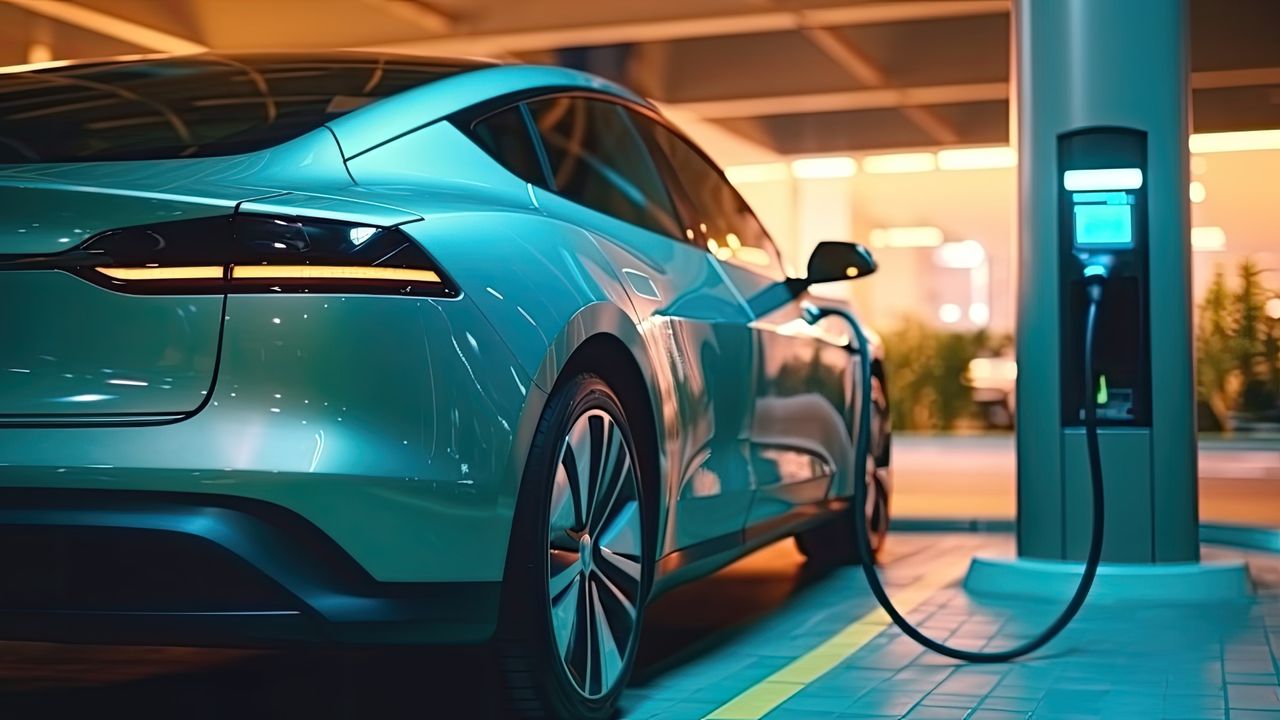Electric Motors and Their Benefits
Electric motors have revolutionized the way we power various devices and machines. From electric drivetrains in vehicles to motor technologies used in industrial applications, electric motors offer numerous advantages over their traditional counterparts. In this article, we will explore the benefits of electric motors and delve into motor efficiency.
Electric Drivetrain
One of the most significant applications of electric motors is in electric drivetrains. Electric vehicles (EVs) have gained popularity due to their environmental friendliness and energy efficiency. Unlike internal combustion engines, electric drivetrains utilize electric motors to propel the vehicle forward.
Electric drivetrains offer several advantages. Firstly, they produce zero tailpipe emissions, reducing air pollution and contributing to a cleaner environment. Secondly, electric drivetrains are much quieter compared to traditional engines, providing a more peaceful driving experience. Furthermore, electric drivetrains have fewer moving parts, resulting in lower maintenance costs and increased reliability.
Motor Technologies
Electric motors employ various technologies to convert electrical energy into mechanical energy. Some of the commonly used motor technologies include:
- Brushed DC Motors: These motors use brushes and a commutator to switch the current direction, resulting in the rotor’s continuous rotation. They are simple and cost-effective but have limited efficiency and require regular maintenance.
- Brushless DC Motors (BLDC): BLDC motors use electronic commutation instead of brushes, improving efficiency and reducing maintenance needs. They are widely used in appliances, electric vehicles, and industrial applications.
- Induction Motors: Induction motors are commonly used in industrial settings. They operate based on electromagnetic induction, making them robust and reliable. However, they may have lower efficiency compared to other motor technologies.
- Synchronous Motors: Synchronous motors are highly efficient and offer precise control. They find applications in robotics, HVAC systems, and renewable energy generation.
Motor Efficiency
Motor efficiency is a crucial factor when considering electric motors. Higher efficiency means less wasted energy and reduced operating costs. Efforts have been made to improve motor efficiency through various means, including:
- Advanced Materials: The use of advanced materials, such as high-performance magnets and improved insulation, helps reduce energy losses and increase motor efficiency.
- Optimized Designs: Motor manufacturers continuously refine motor designs to minimize losses and maximize efficiency. This includes optimizing rotor and stator geometries, reducing friction, and improving cooling systems.
- Variable Speed Drives: By using variable speed drives, motors can operate at optimal speeds for different loads, resulting in improved efficiency. These drives adjust the motor’s speed according to the required power, reducing energy consumption.
- Regenerative Braking: In electric vehicles, regenerative braking allows the motor to act as a generator, converting kinetic energy into electrical energy. This energy can be stored and reused, improving overall efficiency.
Motor efficiency is typically measured by its efficiency rating, expressed as a percentage. Higher efficiency motors have a greater rating, indicating less energy loss during operation. Energy-efficient motors not only save money but also contribute to a greener future by reducing energy consumption and carbon emissions.
Conclusion
Electric motors have revolutionized various industries with their numerous benefits. From electric drivetrains in vehicles to motor technologies used in industrial applications, electric motors offer advantages such as zero emissions, reduced maintenance, and improved efficiency. With continuous advancements in motor technologies and a focus on increasing efficiency, electric motors are set to play a vital role in shaping a sustainable future.
